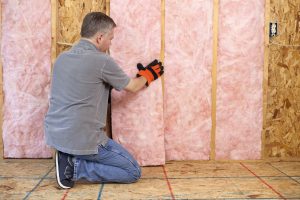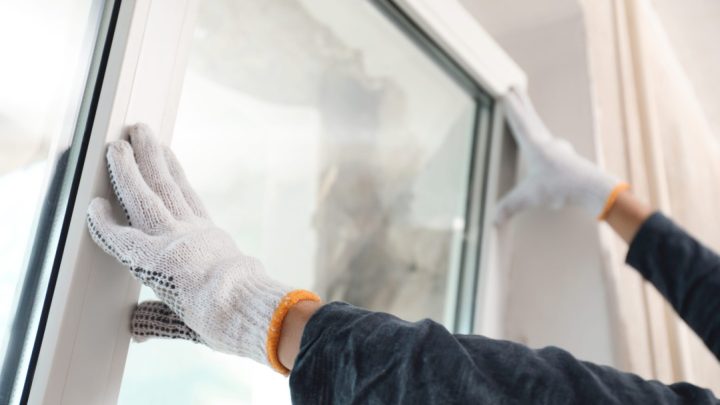
Undoubtedly, walls are an essential part of a building’s infrastructure. They act as a barrier between the indoor and outdoor environments, providing insulation to minimize heat transfer. Insulating walls effectively reduces the heat flow into or out of the building, helping to maintain desired indoor temperatures and reducing the reliance on heating and cooling systems. Well-insulated walls can significantly reduce energy consumption and associated costs.
There are a variety of ways to achieve greater energy efficiency within the walls of a building. Some of these strategies include:
Insulation: Adding insulation to walls is one of the most effective ways to improve energy efficiency. Different insulation materials, such as fiberglass, cellulose, foam boards, or spray foam, can be installed within the wall cavities. Determining the most energy-efficient insulation type depends on the specific project requirements. Insulation’s thermal resistance, commonly referred to as the R-value, is an important factor to consider. The higher the R-value, the better the insulation’s ability to resist heat transfer.
Air Sealing: Proper air sealing of walls helps prevent air leakage, which can lead to energy loss and discomfort. Seal gaps, cracks, and penetrations in the walls with caulking or weather-stripping to minimize air infiltration and improve energy efficiency.
Exterior Insulation: Adding insulation to the exterior of walls, commonly known as exterior insulation and finish systems (EIFS), can greatly enhance energy efficiency. Exterior insulation minimizes thermal bridging and provides a continuous thermal barrier, improving insulation performance and reducing heat loss/gain through the walls.
Thermal Mass: Incorporating materials with high thermal mass, such as concrete or masonry, into the walls can help regulate temperature fluctuations. Thermal mass absorbs and stores heat, releasing it slowly to help maintain more stable indoor temperatures, reducing the need for additional heating or cooling.
Reflective Coatings: Applying reflective coatings or light-colored paint on exterior walls can help reflect solar radiation, reducing heat absorption and keeping the building cooler during hot seasons. This can help reduce cooling loads and energy consumption.
Advanced Framing Techniques: Optimize wall framing to reduce thermal bridging and increase the space available for insulation. Techniques such as insulated headers, advanced stud spacing, and ladder blocking minimize heat transfer through the framing components.
Building Envelope Integrity: Ensure that the wall system is well-maintained and free from damage or deterioration. Regular inspections and repairs of the building envelope, which include walls, help prevent air leakage, moisture infiltration, and energy loss.
It is important to consider building codes, climate conditions, and the specific requirements of each project when implementing these strategies. Working with energy professionals such as QEA Tech can help identify where the most significant energy loss from a building’s walls is occurring and determine the retrofit methods that maximize energy savings and ROI.


